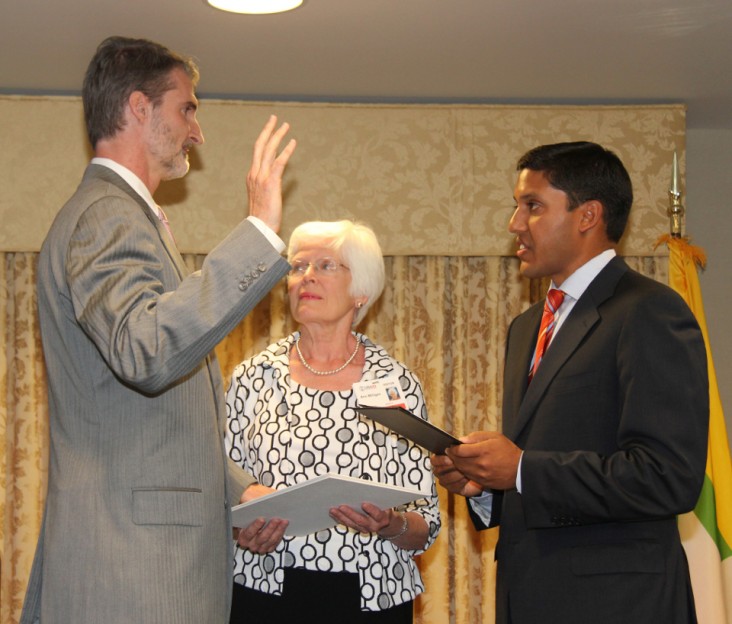In September 1950, the first U.S.-Burma Economic Cooperation Agreement was signed. For the next decade, the U. S. Government worked closely with the Government of Burma to provide a range of equipment, supplies, training, and technical services through grants, loans, and sales of agricultural commodities. The Government of Burma chose projects and invested its own funds. Then, following a military coup in 1962, USAID’s Mission in Burma closed.
However, the United States Government and Government of Burma continued to work together in the years to come. After the coup, funding for ongoing USAID projects continued until they were completed. In June 1966, the United States Government and Government of Burma signed a local currency loan and grant agreement for the construction of schools and hospitals.

In 1978, the Government of Burma requested resumption of the joint development assistance relationship, and the United States agreed, initiating new projects in agriculture and health. USAID focused on the production of maize and oilseed, and the processing and distribution of edible oil. We also worked on improving primary health care and child survival.
After the military coup government's 1988 crackdown on Burma's democratic opposition, USAID once again halted all economic assistance to Burma in 1989. While we continued to provide emergency humanitarian assistance, all USAID American staff and contractors were eventually evacuated. USAID did not have a presence again in Burma for the next ten years.
Beginning in 1998, USAID resumed targeted health programs in Burma. Through the World Health Organization, the Food and Agriculture Organization, and international non-governmental organizations (NGOs), USAID supports infectious disease programs to prevent malaria, HIV/AIDS, tuberculosis, and avian influenza. More recently, we have also supported ongoing activities focused on improving livelihoods like agriculture and fisheries, water and sanitation, health, and shelter.
In 2008, Cyclone Nargis caused devastating damage throughout the country. In response, the USG provided critical assistance to affected communities and households through USAID and the Department of Defense, including immediate relief items and humanitarian assistance to victims through UN agencies and international NGOs. Working with World Food Program and international NGO partners, USAID also provided food assistance like edible oil and rice, and the Department of Defense provided non-food relief items and supported a critical air bridge for U.S. and other international assistance donations in the immediate aftermath of the cyclone.
Today, Burma is in the process of a historic transition, moving from military, authoritarian rule to parliamentary democracy; negotiating ceasefires after a decades-long civil war between the government and armed non-state groups that created a protracted humanitarian crisis; and shifting to a market-oriented economy. Each of these transitions presents opportunities and challenges to achieving sustainable development and inclusive growth for Burma.
On April 4, 2012, Secretary Clinton announced the re-establishment of the USAID mission in Burma. Chris Milligan was sworn in as USAID’s Mission Director to Burma on August 29, 2012, the first USAID Country Mission Director in 24 years. Milligan will lead the new USAID Mission at a critical time in the evolving relationship between the United States and Burma.








Comment
Make a general inquiry or suggest an improvement.